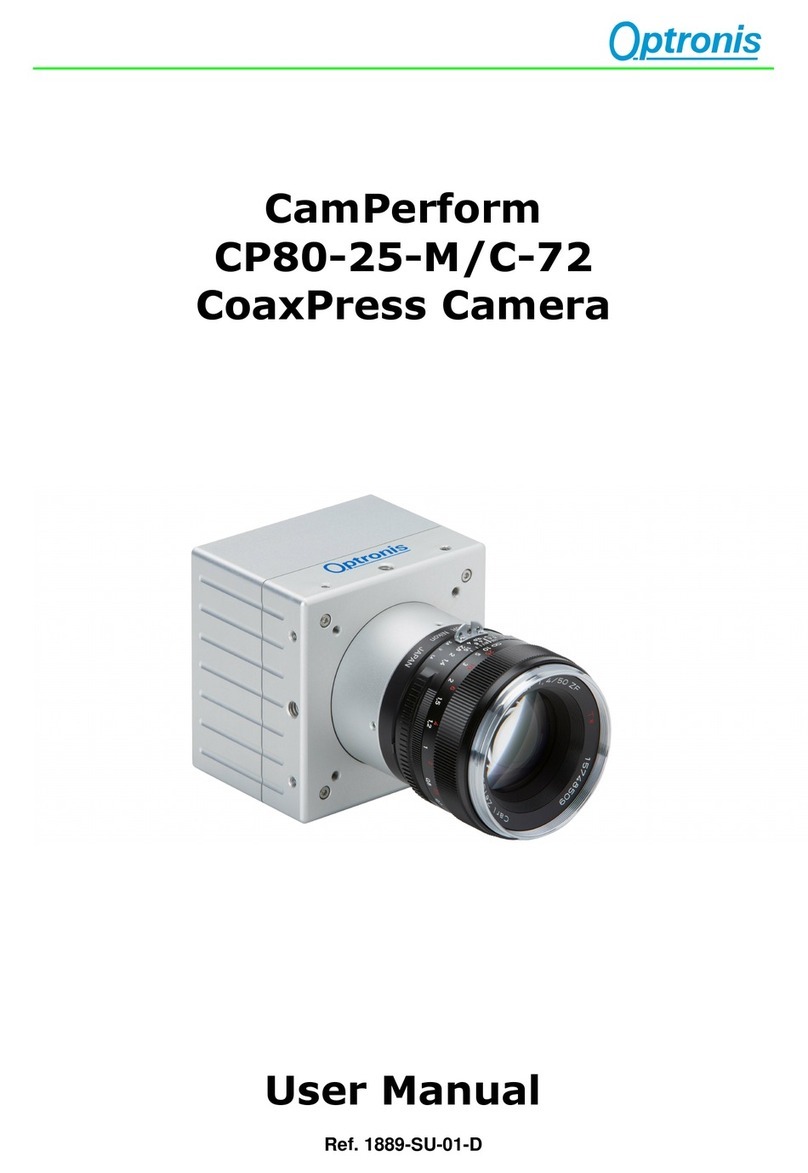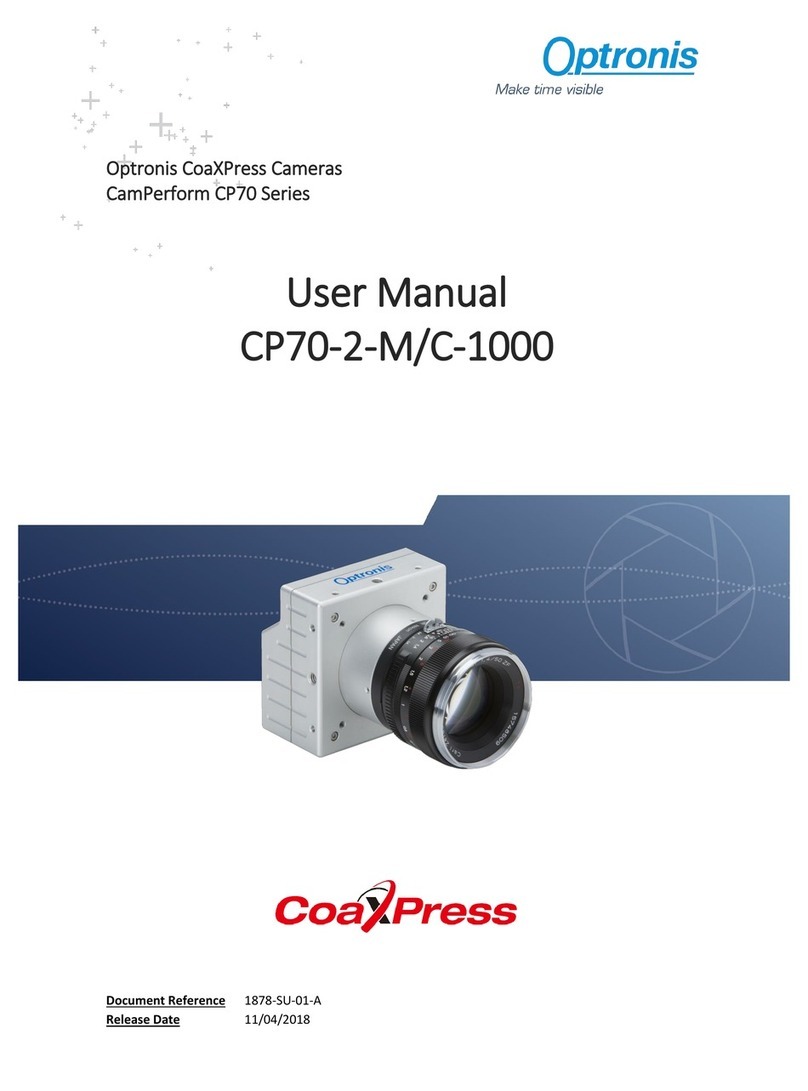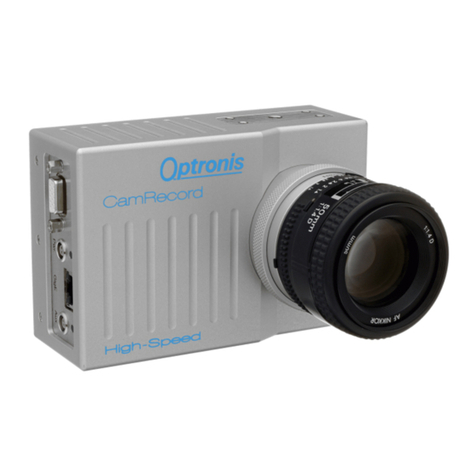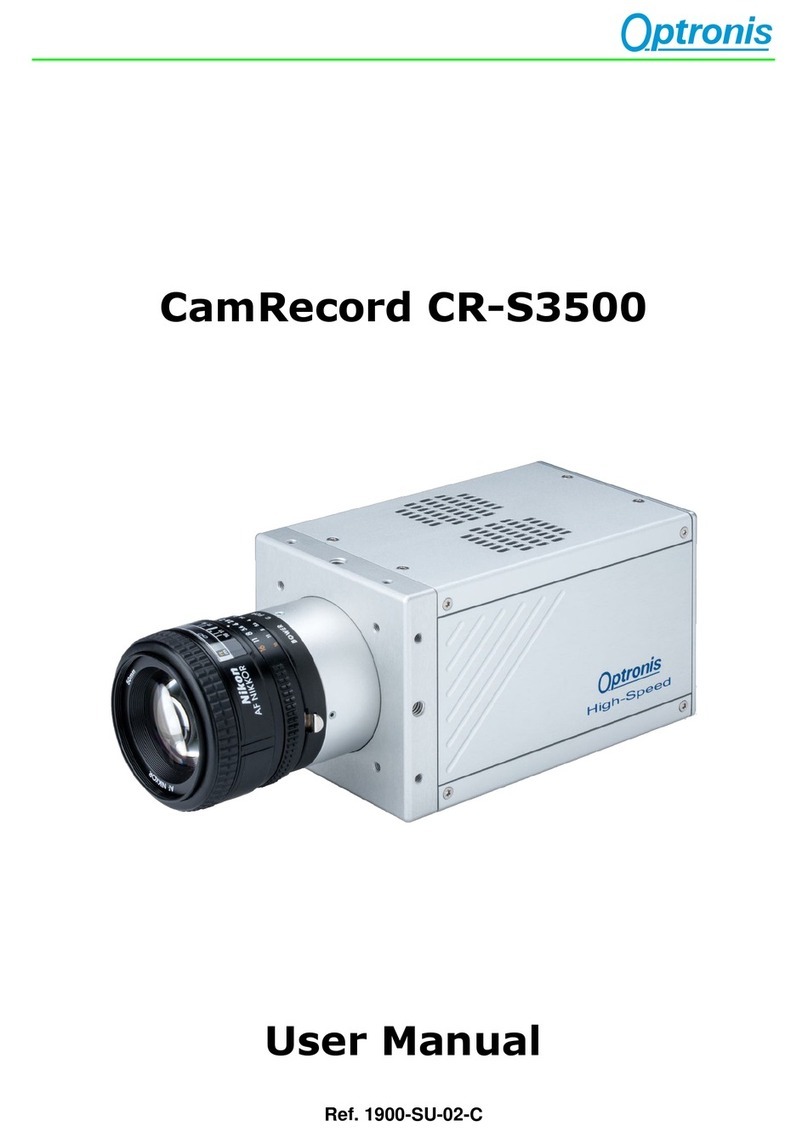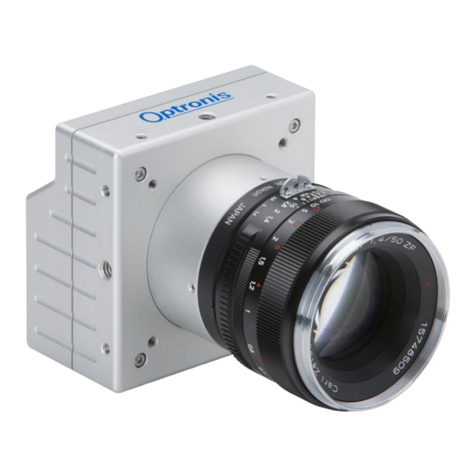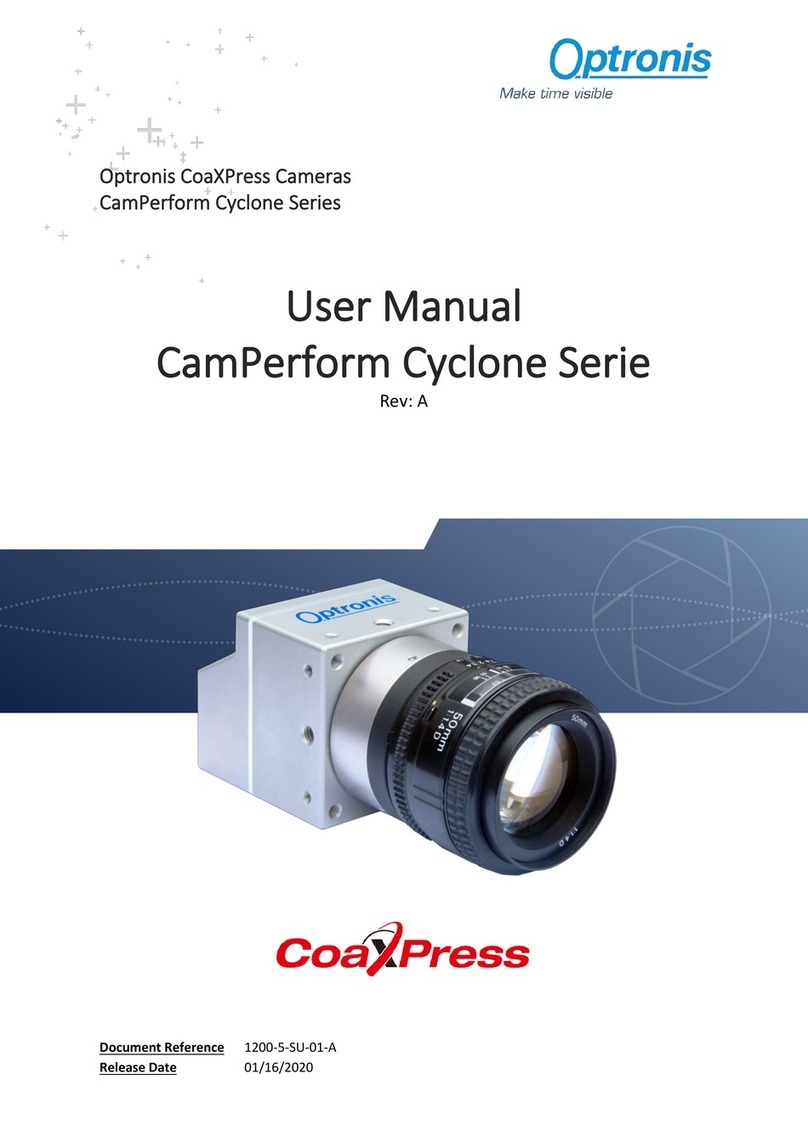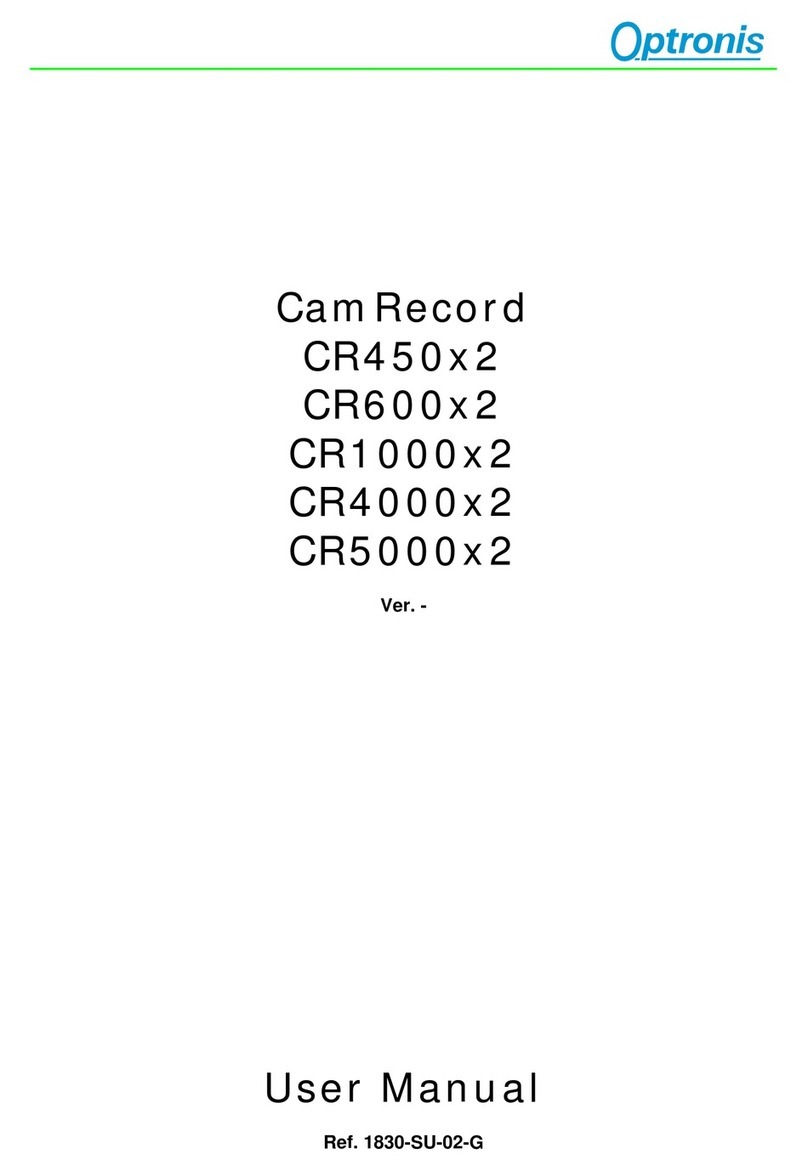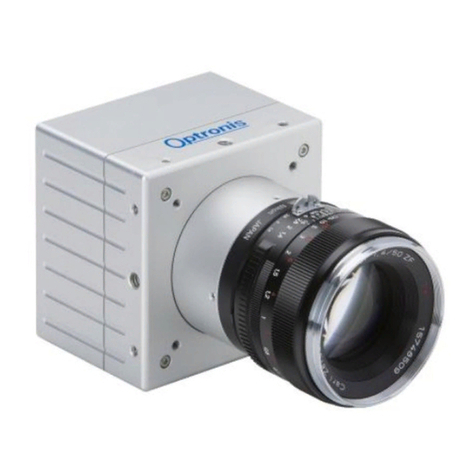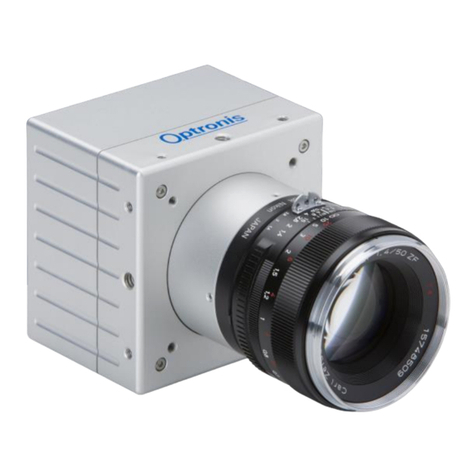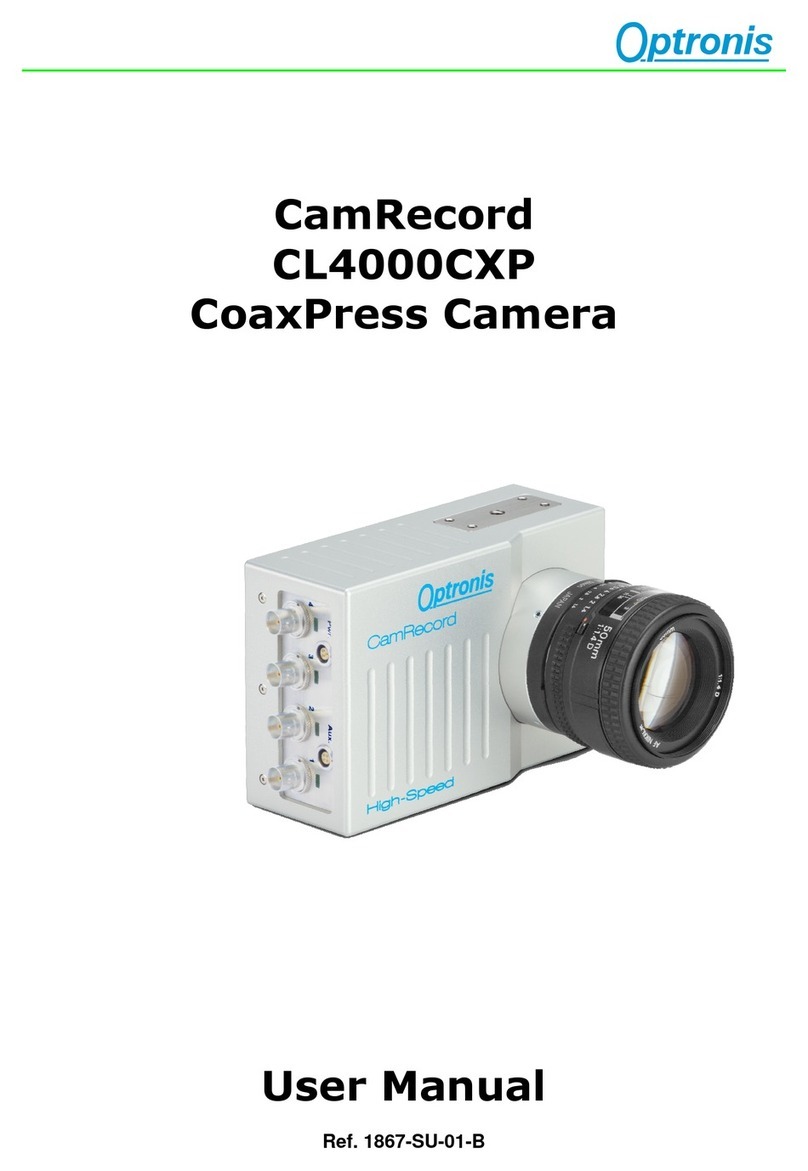-3-
Table of Contents
1General............................................................................................................................................................ 6
1.1 Declaration of Conformity.......................................................................................................................6
1.2 RoHS Compliance ....................................................................................................................................7
1.3 Standards ................................................................................................................................................7
1.4 Remarks...................................................................................................................................................7
1.5 Scope of Delivery.....................................................................................................................................7
2Getting Started................................................................................................................................................ 8
2.1 General Precautions................................................................................................................................8
2.1.1 Environmental Conditions .................................................................................................................8
2.1.2 Camera Handling................................................................................................................................8
2.2 Setting Up System ...................................................................................................................................9
2.2.1 Typical System Configuration ............................................................................................................ 9
2.2.2 Set Up Lenses.....................................................................................................................................9
2.2.3 Optical Considerations.....................................................................................................................10
3Camera Overview .......................................................................................................................................... 11
3.1 Model Description.................................................................................................................................11
3.1.1 Model Name and Options................................................................................................................11
3.2 Technical Data.......................................................................................................................................12
3.2.1 General Info .....................................................................................................................................12
3.2.2 Mechanical Drawings - Dimensions and Mounting Points ..............................................................12
3.2.3 Glass Filter........................................................................................................................................13
4Camera Main Features.................................................................................................................................. 14
4.1 Frame Format........................................................................................................................................14
4.1.1 Supported Pixel Formats..................................................................................................................14
4.1.2 Single ROI.........................................................................................................................................14
4.2 Available CXP Configurations ................................................................................................................15
4.3 Acquisition Control - Frame Generation and Synchronization ............................................................. 16
4.4 Frame Rate and Exposure .....................................................................................................................17
4.4.1 Synchronization timings...................................................................................................................18
4.4.2 Max & Min FPS.................................................................................................................................19
4.4.3 Max & Min Exposure Time...............................................................................................................19
4.5 Sync Out Output....................................................................................................................................19
4.6 Image Enhancement .............................................................................................................................20
4.6.1 Hot Pixels Correction .......................................................................................................................20
